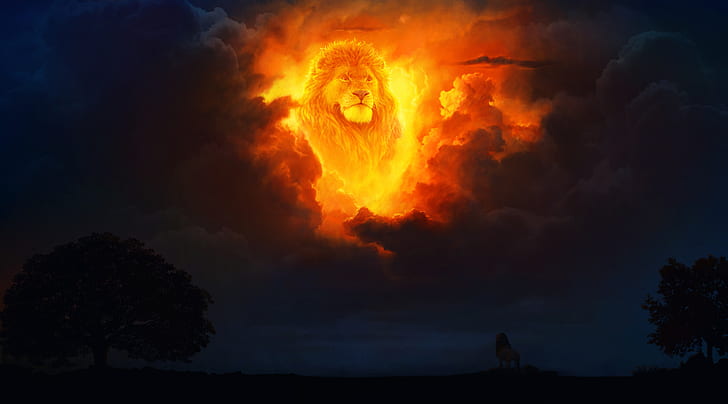The realme was super impressive when I got it. But, In comparison the realme isn’t as clear. Glad I got the pixel.
This reminds me. How do you actually take astro-photos on a pixel? From what I’ve read, you just need to point it at the sky and the star button should appear. I have the 8 pro and have never seen it.
You need to make sure your phone is very still before it appears. I usually will lay mine on a table or the top of a car and then tilt my head underneath it until it appears and when it does gently hit the button. I’ve gotten some pretty cool results from it like shooting stars and even the Milky Way.
You need a tripod or something to rest the phone against. The prompt to take an astrophotography photo doesn’t come up until the phone had been held VERY still for 5-10 sec.
You have to hold it extremely still. Like mount it on a tripod still.
I think any and all comparisons of modern smartphones are worthless beyond personal preference. All of these phones do massive amounts of filtering and post processing which makes any direct technical comparison a waste of time. With equal exposure you could get either of these results with either phone by taking the raw image and doing the right editing.
I don’t know about other phones, but you can turn basically all of that off with a single tap on an iPhone (“raw”). I imagine other phones have ways to adjust those settings as well. It’s hardly a waste of time.
If you shoot your videos in prores it also drastically changes what you can do in post because the color depth is basically what I get out of professional cameras.
So yeah, I get what you mean, modern smart phones are all pretty good at what they do and a lot of them do a ton behind the scenes on your images. But different ones have different features and they do not all look the same. I’m not even sure if any smart phones do ProRes besides the iPhone (it’s an Apple codec)
It may be a poor artist that blames his tools, but a good artist definitely knows the differences between them. No matter how slight they may appear.
A mate had an iPhone while I was doing this, they asked me to try the same thing with theirs. Gotta say with both my phones I just set them in a steady spot and selected night shot. Didn’t have that option on the iPhone that I could see, but that might be me not knowing how to use it.
My bad, they automatically set the exposure. At the same position it did about 4 seconds exposure and looked a bit darker than the pixel. Will post if they figure out how to send the photo to me.
They can dial in the exposure time if they want. I usually set it to 10s and then have it do a 2s delay before starting exposure so I can tap and set it down.
Raw image taking has been around for a long time now, even on smartphones. I’m not sure how processed regular raw shots are on iPhones, but ProRAW pictures are a combination of raw and regular processed pictures according to Apple
Comparisons are helpful to find which matches my preferences, and it’s helpful to know which phone will process the images in a way that I can get images I like without doing the processing myself.
beyond personal preference
Yeah thats what i meant, ofcourse you wanna pick the phone that takes images in a way you like, but from a technical point of view its just hard to get real numbers.
The Realme photo looks fake. You just don’t get that much light at night from a 30 second shot without a lot of post processing. You’d probably get blurry stars too, depending on your location.
It’s great if you want to take photos of your friends at night, but if you’re trying to get genuine photos of the stars, I wouldn’t trust it.
Yeah, I agree. Way to much light. Also, good luck getting your mates to sit for 30 seconds.
And, yes, the realme photo was way more blurry. I literally took both these photos around 5 mins of each other about an hour after sundown
Edit: Might have been closer to 2 hours after sundown.
The RealMe has so much AI, you could get sued by Nintendo when they find a Pikachu in the clouds 🤣.
“Remember who you are.”

Hhaha!
“sorry Disney! I just took a pic of my backyard and the AI chip put Mufasa in it! Sue the phone manufacturer, not me!”
How can you get 4 minutes of exposure without everything becoming blurred and the stars just lines?
The astrophotography mode on Pixels (the only way to get 4 min exposure in the default camera app) works by taking quite a few photos with shorter exposures and then matching them up in post processing.
You even get a short animation at the end where every captured photo gets processed using the rest, so you can see stars moving around during the capture.
Oh. So that’s why it looks better. Photo stacking is OP.
Very cool tech!
Wait there’s an astral photography mode on the pixels? I’ve gotten some half decent star photos with just the night shot mode and 2 second exposure, but I’ll have to look for it next time I’m outside at night.
It’s somewhat hidden if you don’t know where to look. You have to switch to Night sight mode, turn on astrophotography in the settings, and then set the phone down on a stable surface. After a few seconds without any movement, the capture button will change from moon to three stars and pressing it will start the 4 minute capture.
Tripod and/or post processing matching the multiple images
The maximum amount of light that can get in your camera is determined by the aperture size, meaning how large the hole in front of the sensor can open, also commonly called f-stop. Smaller f-stop means more light (as it’s a ratio)
The Realme’s regular wide-angle back camera has a maximum aperture of f/1.8, while Pixel has f/1.85. Meaning technically, they’re more or less equivalent, you shouldn’t get that much more light in so little time. This could be the Realme camera software making really shit post-processing…
I mean, look at the realme photo, washed out colors, blurrier image. It looks like realme boosted the gain and called it a day.
I just made a bunch of Pixel 7 astro shots in the last week.
I’ve found the bright spot in the middle to be consistent enough that I added a mask to my Lightroom preset to cancel it out. I’m not really sure what they were going for there. I suppose it could be some sort of lens or stacking artifact. I just don’t get it. With all the processing they use to make these captures, you’d think they would’ve evened it out themselves. Either way, it’s simple enough to work around.
I’ve always been really impressed by astro mode. I had a 3a before, and even that produced stunning starscapes.
The sky isn’t blue at night.
30 second shot at night would give you a nice picture of some stars (assuming you had that neat star-tracker motorised gadget




